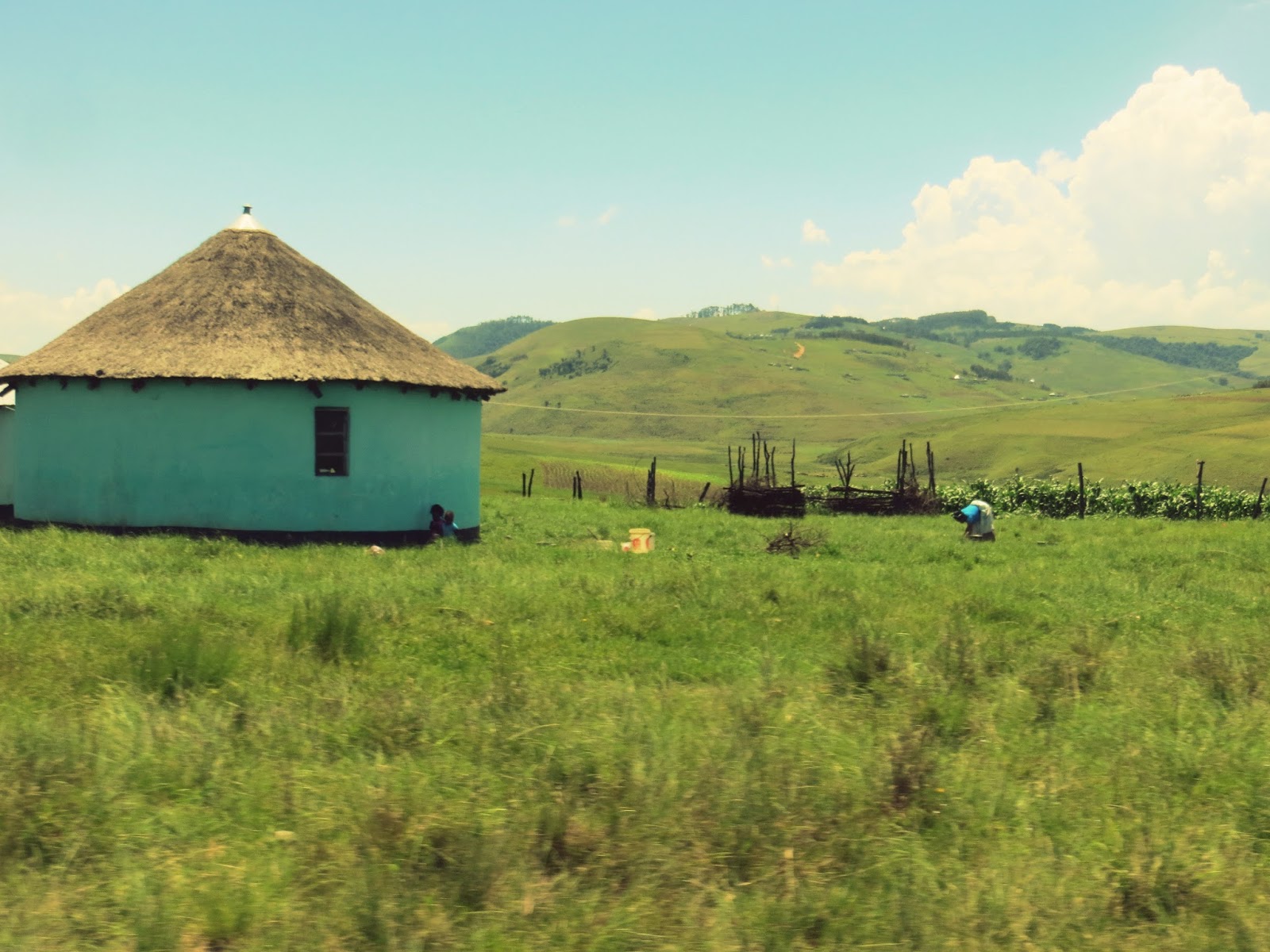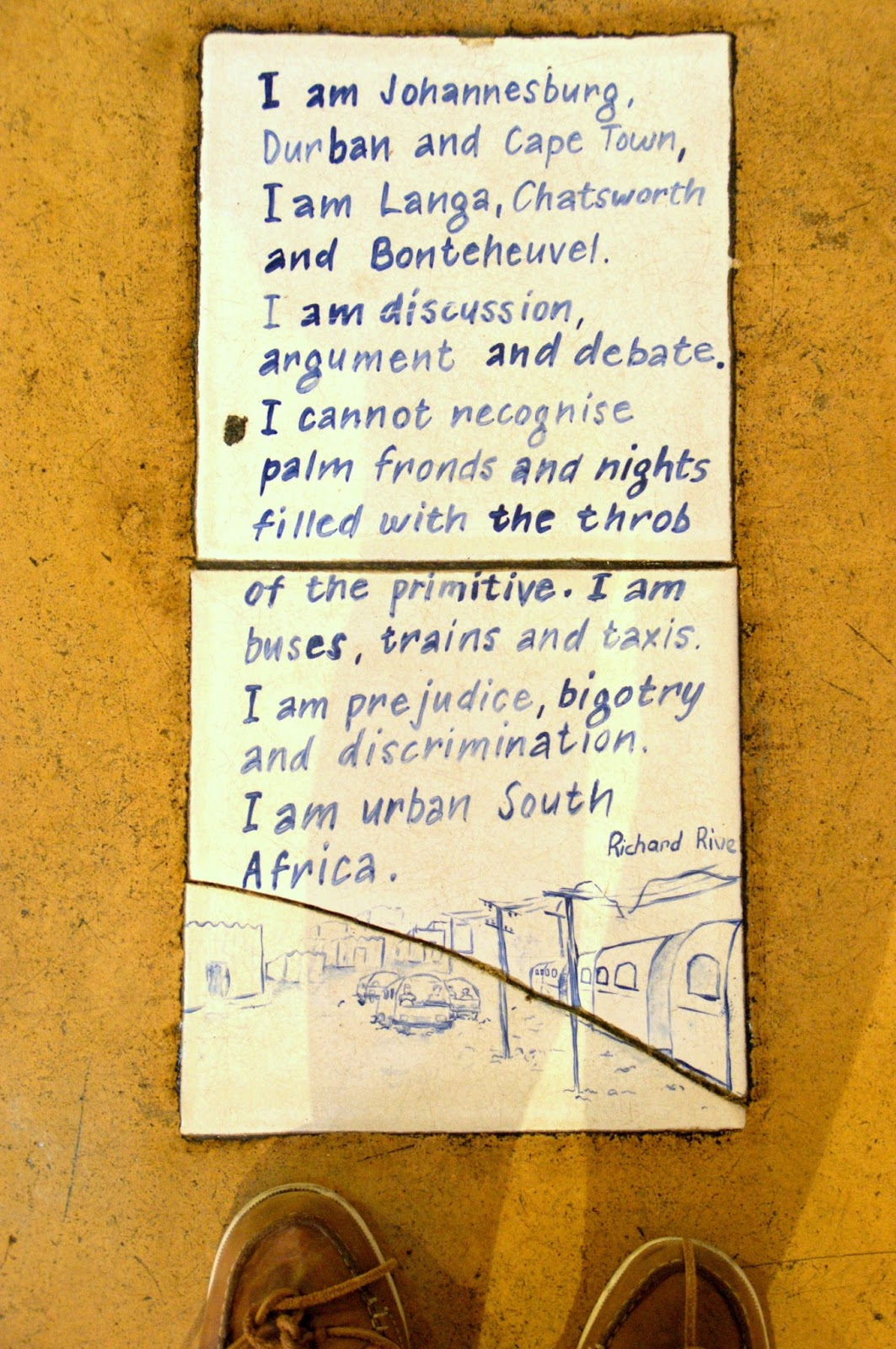 |
| Actual footprint size of an adult elephant |
This is about the life of the legendary Bvenkenya (S.C. Bernard is actual name), an adventurer, an outlaw for twenty years. In his early African days he was an elephant poacher, 'the poacher of all poachers', but later became a conservationist. He had been extremely active on the ivory trail spanning across present day South Africa, Zimbabwe and Mozambique. He's said to have shot about 300 elephants (!), until 1929 when he tracked a huge elephant (thought to be the fabled Dhlulamithi), and was on the point of firing when filled with compassion (so wrote Bulpin) he let it go. This was his turning point, a realisation that he loved Africa and its wildlife which needed to be preserved and used wisely.
"He saw the elephant's eyes: its weather beaten face, the wrinkles in its skin, the tremors of its body, the waving of its ears with the ragged ends where the thorns had torn them. He saw the scars of ancient battles and the slight wound of his own bullet. He saw the elephant in its strength and its wisdom, its savagery, patience and courage. He saw Africa and he knew that he loved it. He put down the gun. “Let him live”, he said… So he went his way. It was November 1929". - Extract from 'the Ivory Trail" written by T.V. Bulpin, 1954.
♣ ♣ ♣ ♣ ♣ ▬ ♣ ▬ ♣ ♣ ♣ ♣ ♣
Questo è un pezzo della storia del leggendario Bvenkenya, soprannome di S.C. Barnard, avventuriero e fuori legge per circa vent'anni. Durante i suoi primi anni in Africa fu un bracconiere d'elefanti, il bracconiere dei bracconieri, ma successivamente un ambientalista. Un ribaltamento. Fu estremamente attivo lungo la via dell'avorio attraverso quelli che oggi sono il Sud Africa, Zimbabwe e Mozambico. Si dice che durante la sua carriera di bracconiere abbia premuto il grilletto contro circa 300 elefanti (!) fino al 1929, quando riuscì a rintracciare un pachiderma enorme, forse il mitico Dhlulamithi, e sul momento di sparargli si riempie di compassione (così scrive Bulpin) e lo lascia andare. Da quel momento si prende cura della salvaguardia degli elefanti.
"Vide gli occhi dell'elefante: il suo volto consumato dal tempo, le rughe della pelle, il tremore del corpo, il muoversi delle orecchie dai lembi lacerati per via delle spine. Vide le cicatrici di vecchie battaglie e la lieve ferita del suo stesso proiettile. Vide l'elefante in tutta la sua forza e saggezza, bestialità, pazienza e coraggio. Vide l'Africa e si rese conto di amarla. Mise giù il fucile. "Lascialo vivere" disse... Così se ne andò per la sua strada. Era il mese di novembre del 1929". - Estratto da 'The Ivory Trail' scritto da T.V. Bulpin, 1954.

































.jpg)






















